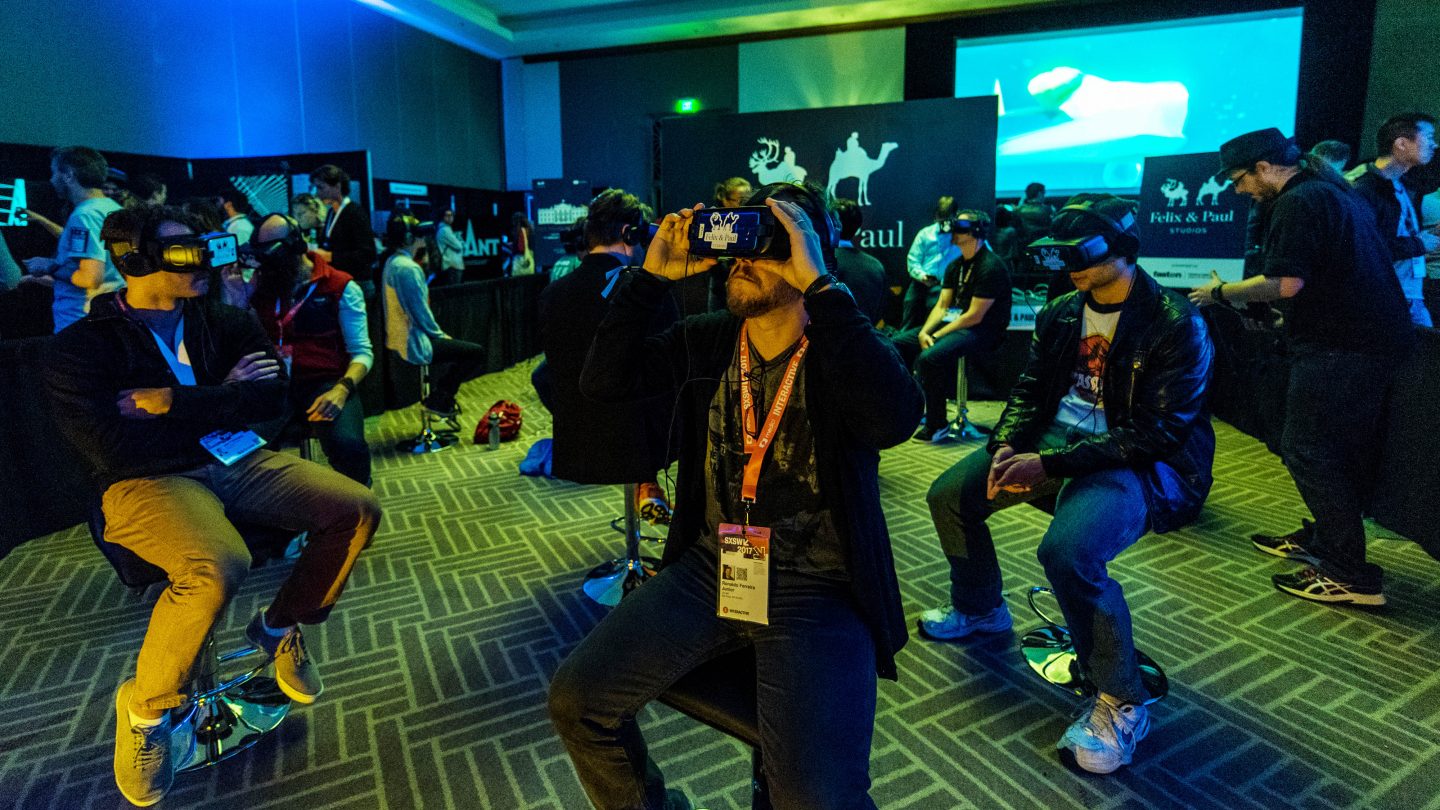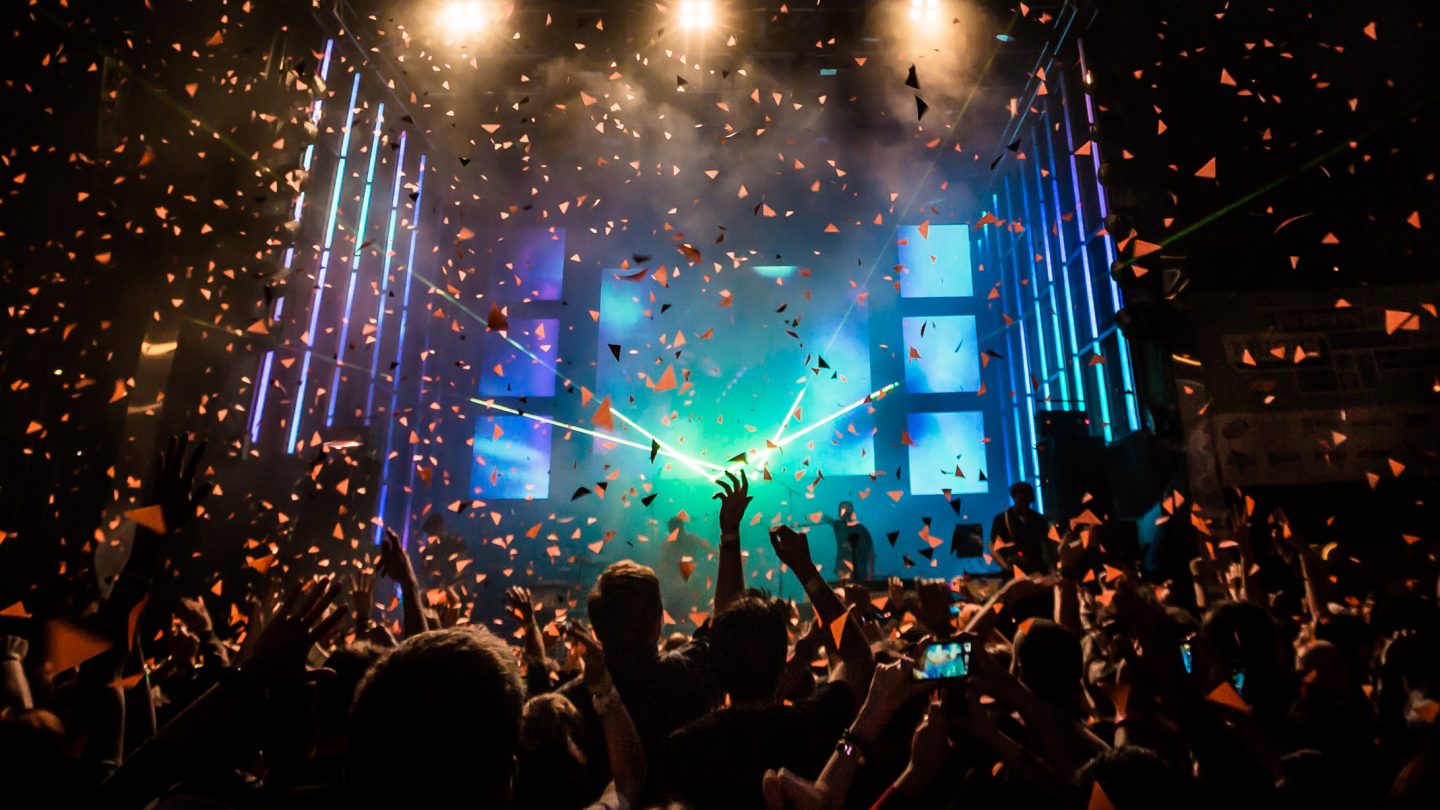
Event Management Tips from a 30 Year Career | Hugh Forrest from SXSW
30 years is a long time.
For context (and the thrill of making us feel ancient), here are just a few things that will be turning 30 this year:
- John McClane’s biceps (and anything else that shares the screen in Die Hard.)
- Fast Car by Tracey Chapman (a.k.a. the unlocking of all human emotion.)
- And, by some miracle of genetics, Adele.
Hugh Forrest has been in the events business for the same 30 years, and brings three decades’ worth of event management tips with him as a result.
I caught up with Hugh — pictured below — to pick his brain about the industry, staying creative over a career as long as his, and how to avoid burn out along the way.
.png)
This interview is part of a series we’ll be producing in the build up to Admission. We wanted to give our readers the opportunity to get to know our speakers before the big day, and wanted to whet our appetite for their insider knowledge on how to host a conference.
1) What’s the secret to staying creative with the events you produce? It’s such a highly competitive industry where it seems like everything’s been done before.
“I don’t think there’s ever any one secret to staying creative. But in terms of content, we get a lot of help from the community via the SXSW PanelPicker. This interface (and its modified crowd-sourcing approach to programming) brings in more than 5,000 speaking proposals to choose from. These speaking proposals come from digital creatives of all different levels of expertise and from all over the world. This community input helps us a lot in terms of always keeping SXSW fresh and forward-thinking.”
For those of you unfamiliar with SXSW (which stands for South By Southwest), the conference dedicates itself to helping creative people achieve their goals. It started in 1987 in Austin, Texas. Since then, the conference has grown from strength to strength and is now one of the most multifaceted creative events in the world.

The SXSW PanelPicker that Hugh talks about above (and below) is a community-prompted selection process for the sessions that will be showcased at the next iteration of the conference. Voting for the 2019 sessions closes on August 30th, 2018 so, to have your voice heard, you’ll have to be quick.
2) If ever there was a conference that had its fingers in many pies, it’s SXSW. How do you stay knowledgeable about trends and experts in topics as diverse as cannabis and VR?
“The SXSW PanelPicker interface helps us pull in some of the most interesting speaking proposals from experts in these many different verticals. So, while the industry-related expertise of SXSW staffers is strong, this expertise gets a lot stronger when we are able to connect with the people who are at the top of their field via the PanelPicker interface.”

To explain this a little further, SXSW covers creativity as its core focus, but this bleeds into several tracks which include (but certainly aren’t limited to) blockchain, the film and TV industries, style and retail, and making and marketing music. More on that next:
3) You run a conference with 25+ tracks and have done since the late eighties. How do you deal with tiredness?
I asked Hugh this question as our co-founder, Paul, previously discussed what he’s dubbed “the conference crash” that is, a feeling of deep depression or emptiness for the few days after the conference is over; after the adrenaline well finally runs dry.
While Paul’s also chronicled “the release” (the thrill of things finally going right, easily, when producing an event), that’s a rare treat among the hectic months that go into conference preparation.
Because of the physical and emotional fatigue that comes part-and-parcel with this process, rest is integral to the lifecycle of an event. And Hugh’s tips for fitting it in as an event manager are some of the most practicable, and surprisingly simple:
“The 25 tracks is relatively new — SXSW wasn’t always that big. But, yes, an event of this scale demands a lot of attention and can lead to a lot of exhaustion. As for my personal formula to try to mitigate this exhaustion, I work really hard during the week. But I try to relax as much as possible during the weekends. Meditation also helps relieve a lot of the stress.“
To put this into context, there are more plates spinning at SXSW than any other conference I’ve researched. Not least, in 2018, they hired a brass band to play before the innovation awards just because. Here’s a quick clip that our Commercial Lead, Karl, got of the performance:
4) What’s the most important thing you and the team at SXSW have done to keep the event going for 31 years?
“First and foremost, the most important thing is that we have always taken a long-term approach to our success. In other words, the strategy has always been to try to grow a little every year — and know that we’ll eventually get to the place we want to get to. Said another way, it’s taken more than three decades to build SXSW to the level that we are at in 2018. 30 years is a long time. But slow and steady almost always wins the race.“

5) And, if you were to give one piece of advice to yourself before you started your career at SXSW, what would it be?
“Probably the best piece of advice I could give my younger self is that SXSW is going to be a marathon, not a sprint. There were times I was very very frustrated that we weren’t growing faster. But, looking back, its a lot more apparent that those slow times (and the wisdom we gained during those experiences) directly let to the more prosperous landscape that we are fortunate enough to be experiencing now.”
Finally: Tell us a bit about what you’ll be presenting at Admission.
“[The title of the talk is] Five Challenges for Big Conferences for the Future. I’m going to be talking about some of the challenges that big events (like SXSW) face in the future. So, I will cover everything from rising costs to virtual reality. I haven’t given this particular speech before — so it should be a lot of fun!”
To save a spot for Hugh’s talk and other enlightening veterans in event management at our inaugural conference for organisers, further details are available here: